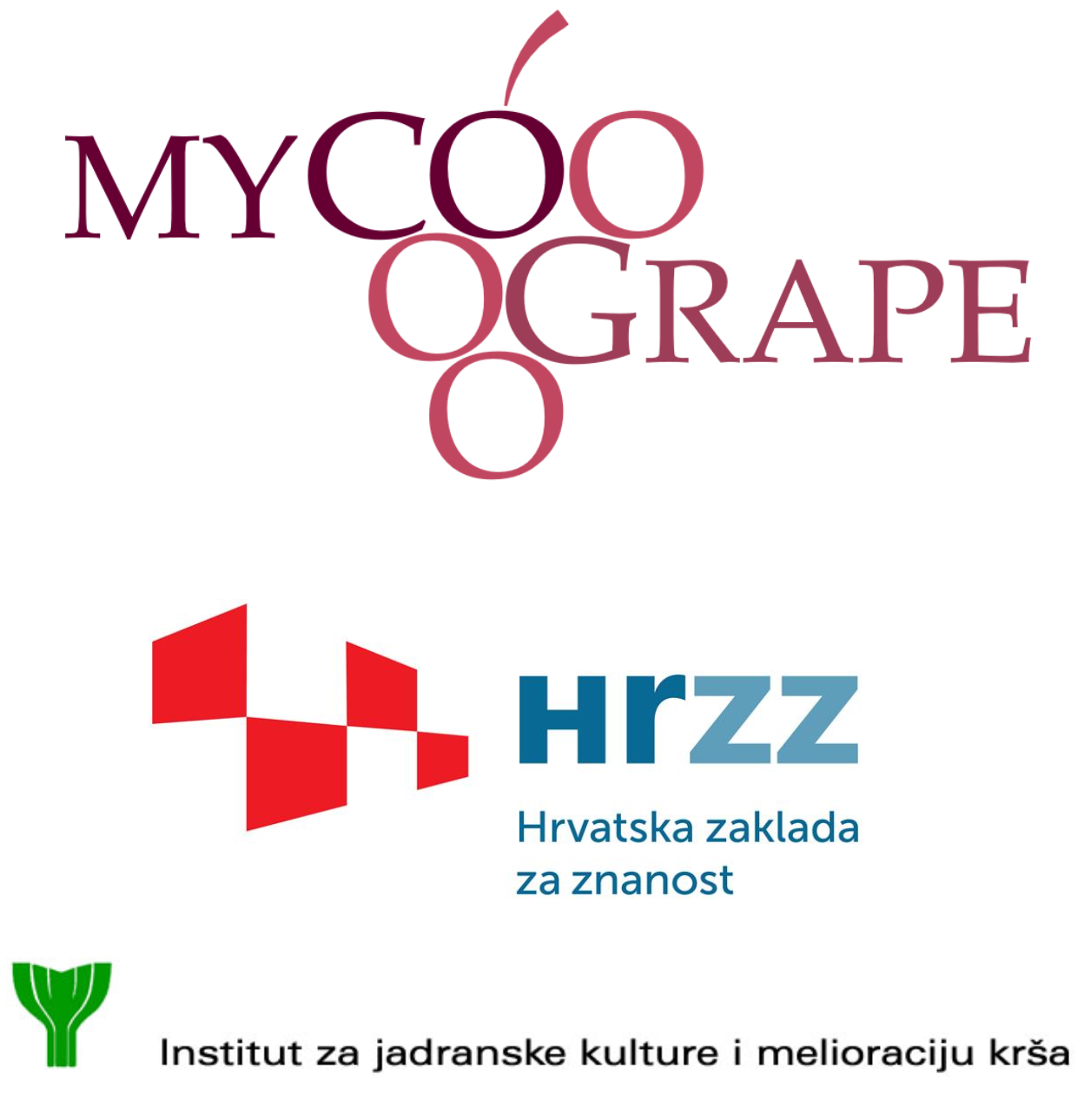Tomislav Radić attended the Management Committee Meeting within the framework of COST Action CA22142: “Beneficial Root-Associated Microorganisms for Sustainable Agriculture”. The meeting took place on the 23rd and 24th of April 2024 in Riga, Latvia. At the meeting, Dr. Radić presented the Croatian research groups primarily dealing with beneficial root microorganisms. Additionally, the meeting consisted of planning activities necessary for realizing the action’s objectives, creating working groups and defining their tasks, planning a short-term scientific missions call, and similar activities.








